Game Changers: Electronic Reverse Brake Comparison

You may have missed a rather significant milestone in PWC history last year. With Kawasaki’s introduction of Kawasaki Smart Reverse & Deceleration (KSRD) on the flagship Ultra, all three major OEMs finally offered a modern electronic reverse and deceleration system. Sea-Doo, of course, pioneered Intelligent Brake & Reverse (iBR) nearly 15 years ago. Yamaha followed with Reverse with Intuitive Driver Electronics (RiDE) for the 2016 model year. Both systems revolutionized a PWC’s manners in tight quarters, allowing drivers to dock with ease, precisely navigate crowded marinas or launch ramps and, yes, rapidly decelerate (only Sea-Doo uses the term “brake”) should you encounter an obstacle in your path…or just want to quickly slow down.
But though all achieve the same basic goals — keeping the driver’s hands on the handlebars and eyes on the water, giving a PWC an intuitive forward, neutral and reverse response, and providing rapid deceleration if desired — each manufacturer goes about it in their own unique way. Whether that’s a patent issue or an engineer’s choice to do things a better way is probably up for debate, but the systems have now become a legitimate selling point for each individual manufacturer and it’s worth knowing how they function and respond.
The Basics
Nuances aside, all three systems achieve their goal with roughly the same approach. An additional lever at the handlebars is electronically linked to a modified reverse bucket assembly. Put each craft into reverse and the bucket drops to redirect water forward and “push” the craft backwards. Activate a neutral setting and the bucket partially deploys to deflect water enough to keep the craft relatively still. Apply the lever at speed and the bucket produces enough drag to dramatically shorten the craft’s stopping distance compared to just releasing the throttle.

It’s important to note that the latter is not the same as pulling a mechanical reverse lever. Pull a mechanical reverse lever at 50 mph and you’ll likely go over the handlebars as the reverse bucket drops abruptly into the water and causes the bow to dive. Electronic systems are designed to tailor the response to avoid such abrupt reflexes and designs at the pump are created to deflect water in a way that keeps the craft relatively level and in the driver’s control as it slows.
Lever Location/Style
As to the location and style of the added reverse/deceleration lever, the goal was to allow riders to not have to take a hand off the handlebars or eyes off the water. Sea-Doo, followed later by Yamaha, chose to add a throttle-style lever on the lefthand side of the handlebars opposite the existing throttle lever. Kawasaki broke from this approach by adding a smaller, “thumb” lever just below the righthand throttle.

Each location and style has had its champions and critics over the years. By now reaching for a lefthand lever to reverse or slow a PWC has become almost second-nature so riders naturally have to get used to a new solution like Kawasaki’s righthand thumb lever. Ultimately, however, we found it just as easy and intuitive to use as the Sea-Doo and Yamaha systems. It just takes a little time to acclimate yourself to the individual approach.
On-Water Feel
Which one “feels” best is likely going to be up to individual rider opinion, but we can summarize each system’s characteristics.
Sea-Doo iBR feels closest to the gears on a boat. The craft starts in neutral, and then the throttle puts the craft into forward, a blip of the iBR lever switches to neutral, and a continued pull of the iBR lever engages reverse. Once in reverse, additional power is applied by pressure on the traditional throttle. A blip of throttle puts the craft back into neutral, pressure on the throttle puts the craft back into forward. Braking? At speed, the iBR lever overrides the throttle and slows the craft to a stop in a far shorter distance than simply releasing the throttle.
In contrast, think of Yamaha RiDE as providing one throttle for forward and one throttle for reverse. Additional pressure on either will increase the power in the intended direction. Releasing both levers will put the craft into neutral. We’ve noted in the past that novice riders often find this solution the most intuitive in tight-quarters or docking scenarios. The additional power provided by the RiDE lever in reverse also makes it simple to back a craft off the trailer without applying additional power via the throttle. Just be aware that RiDE’s powerful delivery can surprise until you’re accustomed to its higher RPM. Like any of the systems, we’ve found a gentler touch is almost always better than a heavy hand on the throttle.
As noted, Kawasaki’s approach differs in that the throttle and KSRD lever are both on the right side of the handlebars. In fact, throttle and KSRD lever are actually the same molded part, a two-pronged lever hinged in the middle and attached to the same spring. Push the KSRD lever with your thumb and you’ll note the throttle lever actually moves away from its normal idle position; squeeze the throttle and the KSRD lever pivots toward the driver. Pull the throttle to go forward, push the KSRD lever to override and decelerate, apply continual pressure to the KSRD lever to go into reverse with throttle increasing the harder the lever is pushed. Release all pressure and the craft assumes a neutral stance. Be aware Kawasaki’s deceleration does not come on nearly as strong as Yamaha or Sea-Doo. We also noted a distinct lag in response, particularly between reverse and forward, on the recently tested Ultra 160s that was not evident on the flagship 310.
Final Takeaway
If you want winners, we’ll give you three. Sea-Doo’s iBR feels most like traditional “gears” and provides the best stopping power at speed. Yamaha’s RiDE is likely the simplest and most intuitive, and delivers the greatest power in reverse. Kawasaki’s KSRD doesn’t require an additional hand to control, just a minimal movement of the thumb on your hand that’s already controlling the throttle, and possibly frees up your left hand to motion to a friend or take hold of a dock line.
Our final takeaway? While each system is different, electronic reverse and deceleration has truly changed the game and arguably made PWC both safer and more easily controlled, especially in those tight areas that traditionally give newcomers stress. Systems are intuitive, keep attention focused on the water, and greatly simplify low-speed maneuvering. At high speeds, they also offer a means to rapidly slow each craft to avoid an obstacle.
We’d rate all of them some of the most significant innovations in the history of personal watercraft.
Get PersonalWatercraft.com in your Inbox!
Like PersonalWatercraft.com on Facebook
Comments
Most Popular

2025 Yamaha JetBlaster PRO 2-Up Review

2024 Kawasaki Jet Ski STX 160X Review

Remembering the Sea-Doo XP

Electric Sea-Doo Coming By 2026

Whatever Happened to the Wetbike?

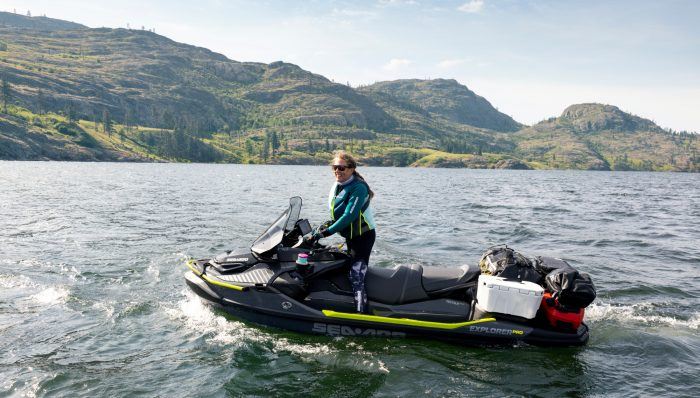
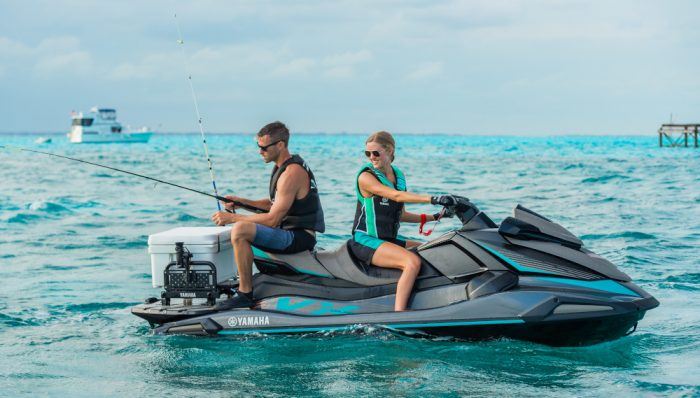
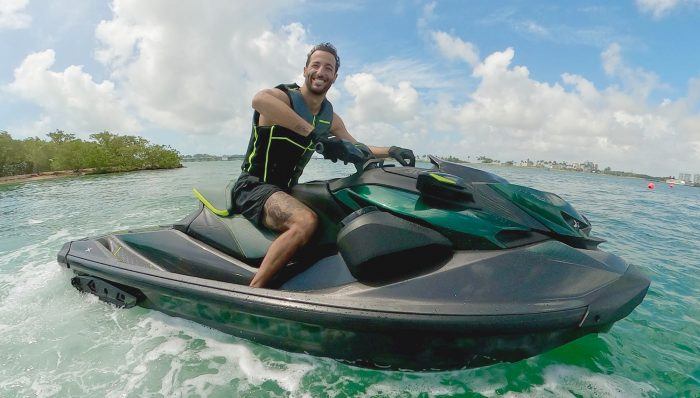


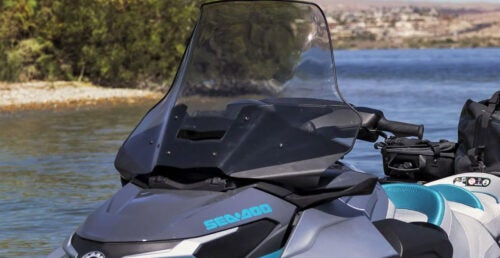
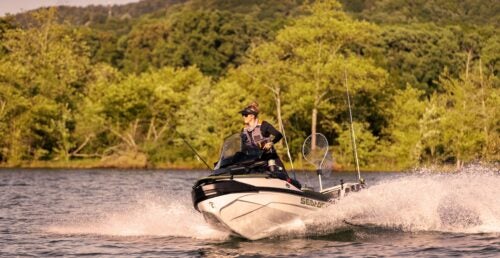


 Your Privacy Choices
Your Privacy Choices